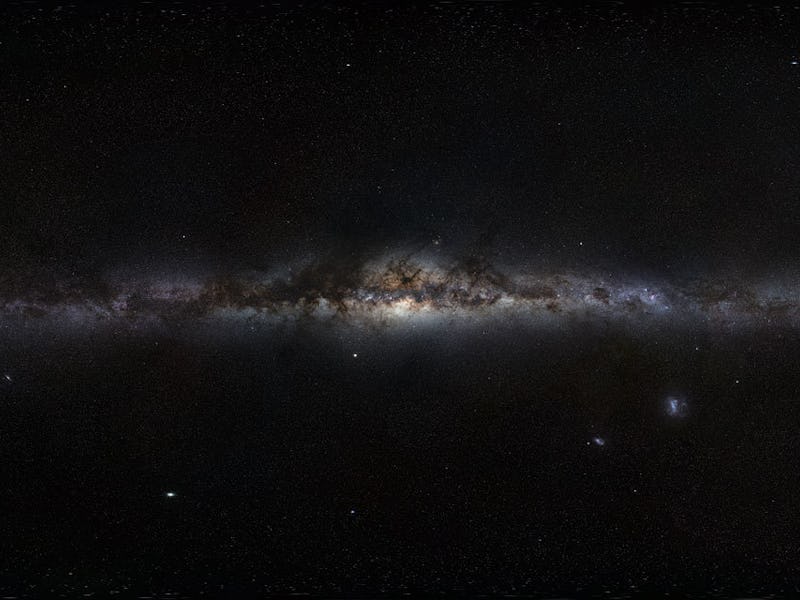Astronomers Mapped The Elements of Life Across the Milky Way

Carl Sagan was really onto something when he said we are made of star stuff. Scientists know that most of the essential elements to life as we know it are forged in the heart of stars and ultimately spread throughout the universe. Taking that one step further, astronomers from the Sloan Digital Sky Survey revealed during the winter meeting of the American Astronomical Society (AAS) that they have now mapped how abundant these elements are across the Milky Way.
“For the first time, we can now study the distribution of elements across our galaxy, Sten Hasselquist of New Mexico State University, explained during the briefing. “The elements we measure include the atoms that make up 97% of the mass of the human body.”
Jon Holtzman of New Mexico State University explains that APOGEE operates in the infrared, which means it can see stars across much more of the Milky Way than if it were trying to observe in visible light. Infrared light passes through the interstellar dust, and APOGEE helps us observe a broad range of wavelengths in detail, so researchers can measure dozens of spectra even in the dustiest parts of the galaxy.
There are six elements crucial to life on Earth — carbon, hydrogen, nitrogen, oxygen, phosphorous, and sulfur. These building blocks, known as “CHNOPS” for short, have been found in more than 150,000 stars throughout the galaxy. This is the first time astronomers have been able to map out the elemental abundances in such a large population of stars.
The six most common elements of life as we know it on Earth are carbon, hydrogen, nitrogen, oxygen, sulphur, and phosphorus.
The new map is already helping astronomers better understand the history and structure of our galaxy, as APOGEE has detected higher concentrations of heavier elements closer to the center of the galaxy. The stellar population in the inner galaxy is also older, which indicates that more of the life-essential elements synthesized earlier in the inner portion of the galaxy than in the outer regions.
Researchers are not sure yet what affect the inner galaxy’s elemental composition has on habitability, as each element is produced at different rates in different stars. But with the new SDSS/APOGEE catalog, researchers can speculate on which areas in the Milky Way may be the best places to look for life.